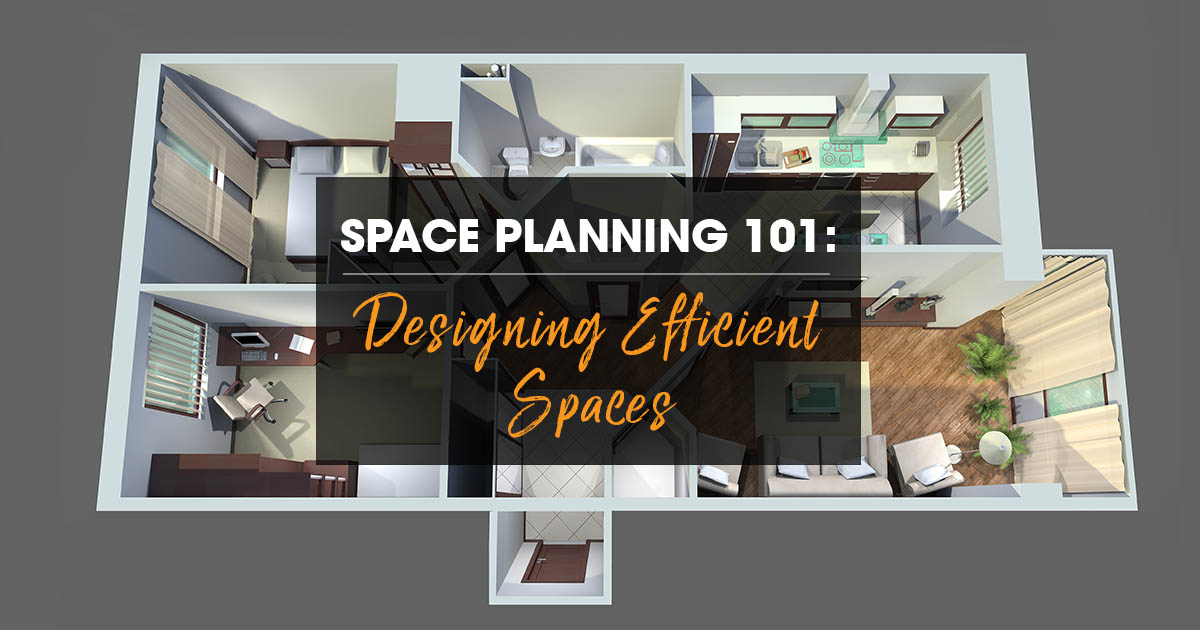Table Of Content

MARY KENYON’S love has always been for the blending of beauty and function. The goal of her work is to creatively design a space that reflects the clients’ needs, tastes, and lifestyle while at the same time harmonizing with and enhancing the existing architecture. The shape of the interior space has both horizontal and vertical dimensions. Diagramming is the process of placing a two- or three-dimensional graphical representation of the proposed space on paper (Nielson et al, p.103).
Types of spaces and their planning requirements
10 Questions With... Jessica Helgerson - Interior Design
10 Questions With... Jessica Helgerson.
Posted: Wed, 10 Jan 2024 08:00:00 GMT [source]
Interior designers use the space planning process to identify and implement the most appropriate way to use a home’s space. They take into consideration its intended function and the flow of movement. Once the bubble diagram is complete, the designer can create a more detailed floor plan that includes furniture placement, fixtures, and other elements. Next, move from the conceptual to the real by making floor plan decisions about layout, square footage, design aspect, etc. These decisions will practically affect how your client entertain guests, and how comfortable they feel in their own homes.
We create.
Almost all spaces fall into one or more of these 3 categories. In this post, we look at how to add a touch of Bohemian flair to your living room decor. Live your best vanlife with these handy tips and ideas for how to convert your van into a home on wheels. Get the inspiration for Household design with Planner 5D collection of creative solutions. If your client is differently-abled or has made the decision to age in place, you will have to plan ahead to offer them as much freedom and convenience in their home as possible. When it comes to outlets and switches, strategic placement is key.
What do interior designers do?
They believed it would be more effective to develop universal ergonomic requirements and use them in all projects. Thus, such an approach considerably saved time and helped to make interior spacing more convenient. Whether you are working on a residential or commercial design project, spatial planning is an essential step that should never be overlooked.

Circulation Patterns – The Traffic Flows
Each of these zones needs to be designed in a way that is both functional and visually appealing. If you are doing this project for a client, you must create detailed documentation of the room’s design. Create detailed floor plans, elevation drawings, and renders that will serve as a guide for the design of the room. This will assist other contractors if they need to contribute to the finished space. Every successful project must have clearly defined requirements and objectives.
While trends keep changing, the main focus of interior design is to make a person want to stay in the room. The level of comfort offered by the interior décor greatly influences the desire to stay or leave a room. Consider how to maximise storage space and keep the space clean and clutter-free. The structure and architecture of the space can influence the design and layout. For example, a small room with low ceilings may require a different approach than a large, open space with high ceilings. Finally, it’s important to consider the emotional and social aspects of the space when planning the layout.
‘Stretching space’ to make areas appear larger, is effectively a space-saving technique and represents another form of economy. IKEA offers a flat rate online delivery service to your home or business starting at $5 for small item shipping and $49 for large item deliveries. With this service, your merchandise can be placed in a room of choice at no additional cost. If you choose to have your items delivered in-store, simply speak to an in-store IKEA co-worker for more details. You can also pick up your qualifying IKEA-USA.com online order for free at the Planning studio. In order to qualify to pick your order up, you’ll need to have at least one qualifying furniture item included in your online shopping cart during the checkout process.
The Best Interior Design Apps, Tools, and Software - Bob Vila
The Best Interior Design Apps, Tools, and Software.
Posted: Thu, 22 Feb 2024 08:00:00 GMT [source]
Creating a detailed plan to scale
Whether it’s a cosy apartment, a spacious family home or a luxury design for a vacation home, understanding the specific requirements of residential spaces is crucial. Let’s explore the key considerations for space planning in residential interiors. Before diving into the several facets and processes of space planning, it is crucial to understand its significance in interior design, especially in modern interior design trends. Contrary to popular opinion, space planning entails more than just arranging furniture and decor.

This refers to the way people move through the space, and it is important to ensure that the circulation patterns are logical and intuitive. This can be achieved through the use of furniture placement, lighting, and other design elements. Proper space planning maximizes the available square footage, enhancing comfort and usability while minimizing wasted space. It also considers traffic flow, ensuring smooth movement and accessibility. Effective space planning takes into account furniture arrangement, lighting, and spatial organization, resulting in harmonious designs that promote productivity, creativity, and overall well-being. Utilize space planning tools like the RoomSketcher App for visualizing layouts in 2D and 3D.
There may also be safety considerations about access that is needed depending on industry regulations (for commercial spaces) or personal preferences with private clients. Kitchen and bathroom design are specialized fields of interior design. When two or more family members commonly cook together, concepts such as the standard working triangle are less applicable.
You should also consider the height of the ceiling, as this can affect the lighting and furniture placement. Before you start designing a space, you need to determine its function. Even if they are not separated by physical walls, the layout, decoration, seating, and countless other thoughtful design additions can make their intended use clear. If you have access to the physical space in which you are working, take advantage of your proximity by more closely estimating how much space furniture or other elements could consume.
Begin by defining the purpose and needs of the space, considering factors like function and desired aesthetics. Measure the dimensions of the area and note any architectural features. Next, determine furniture requirements based on the space's purpose. Experiment with various furniture arrangements, and consider traffic flow, focal points, and balance. Even the most talented and experienced interior designers risk overlooking crucial steps if they lack a clear plan of action.
The focus is more on aesthetics rather than the functionality of the space. The design agency provides several design planning options to choose from. Then you select the preferred spacing, which will be used as a basis for future design. Planning allows you to create appealing and comfortable interiors that will inspire visitors and make them stay in your coffee shop.

No comments:
Post a Comment